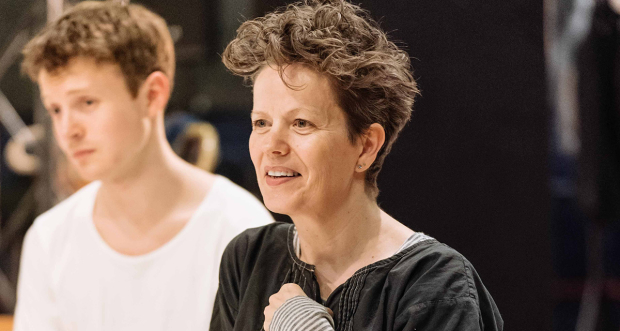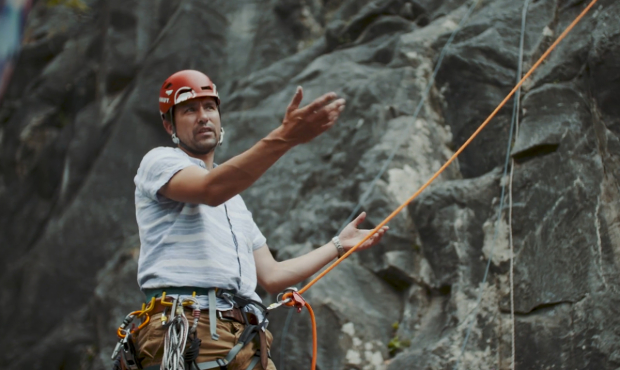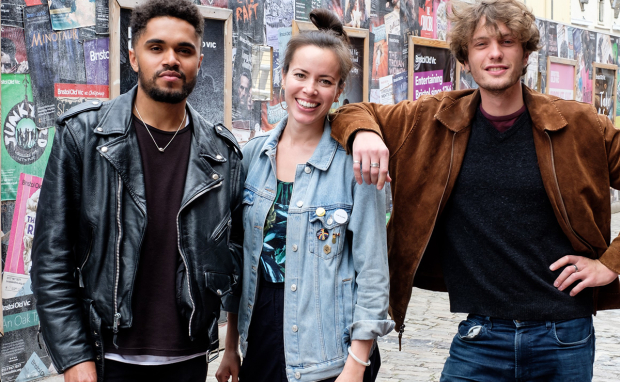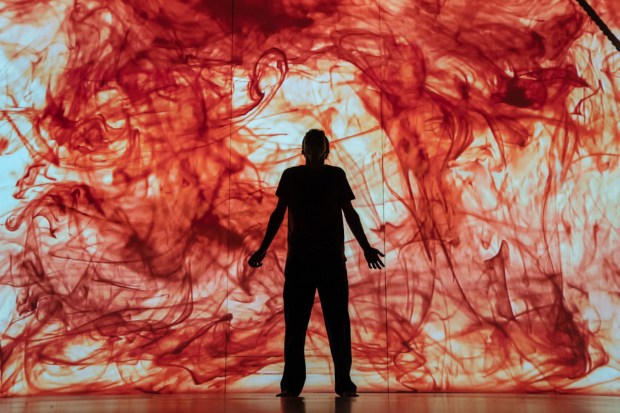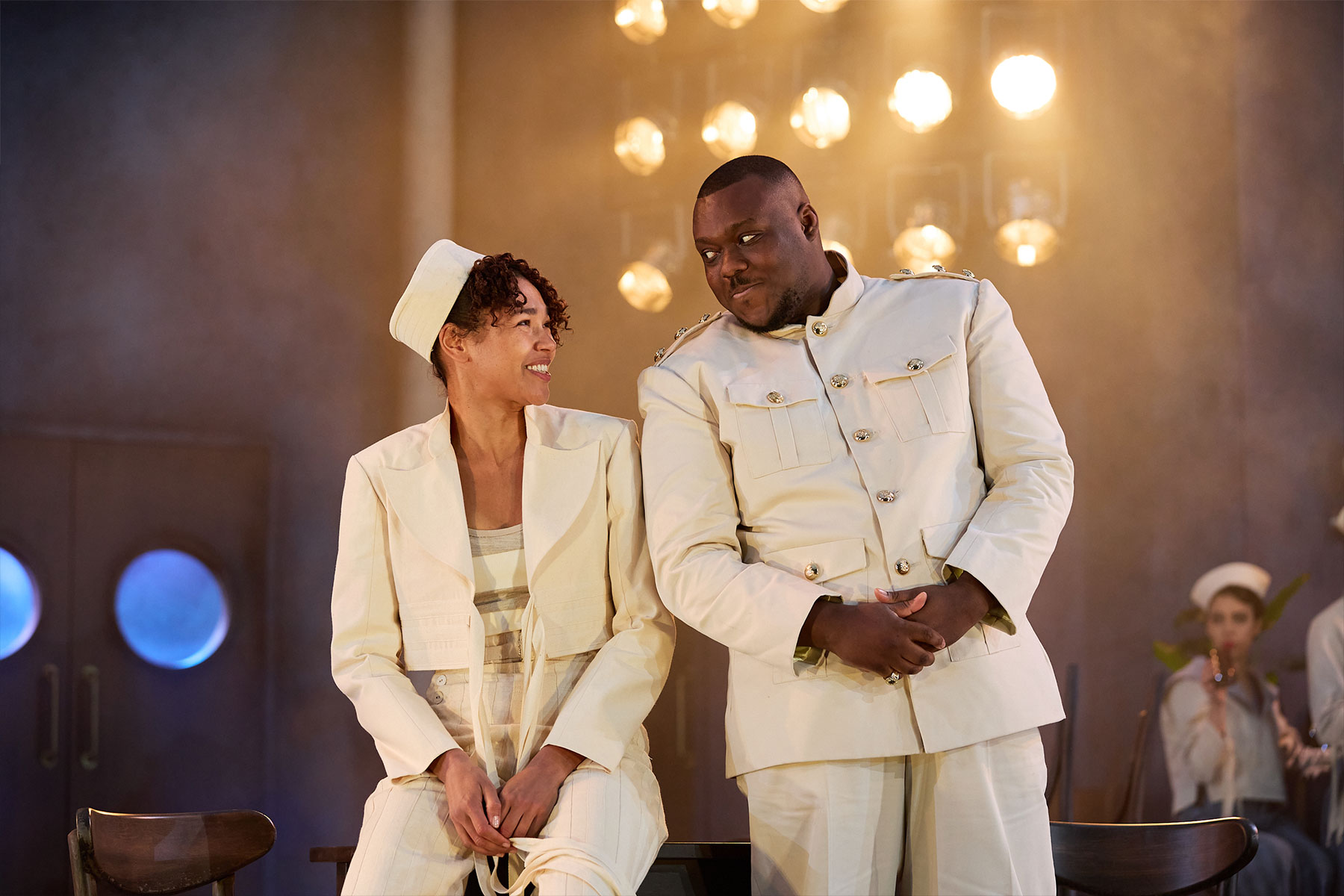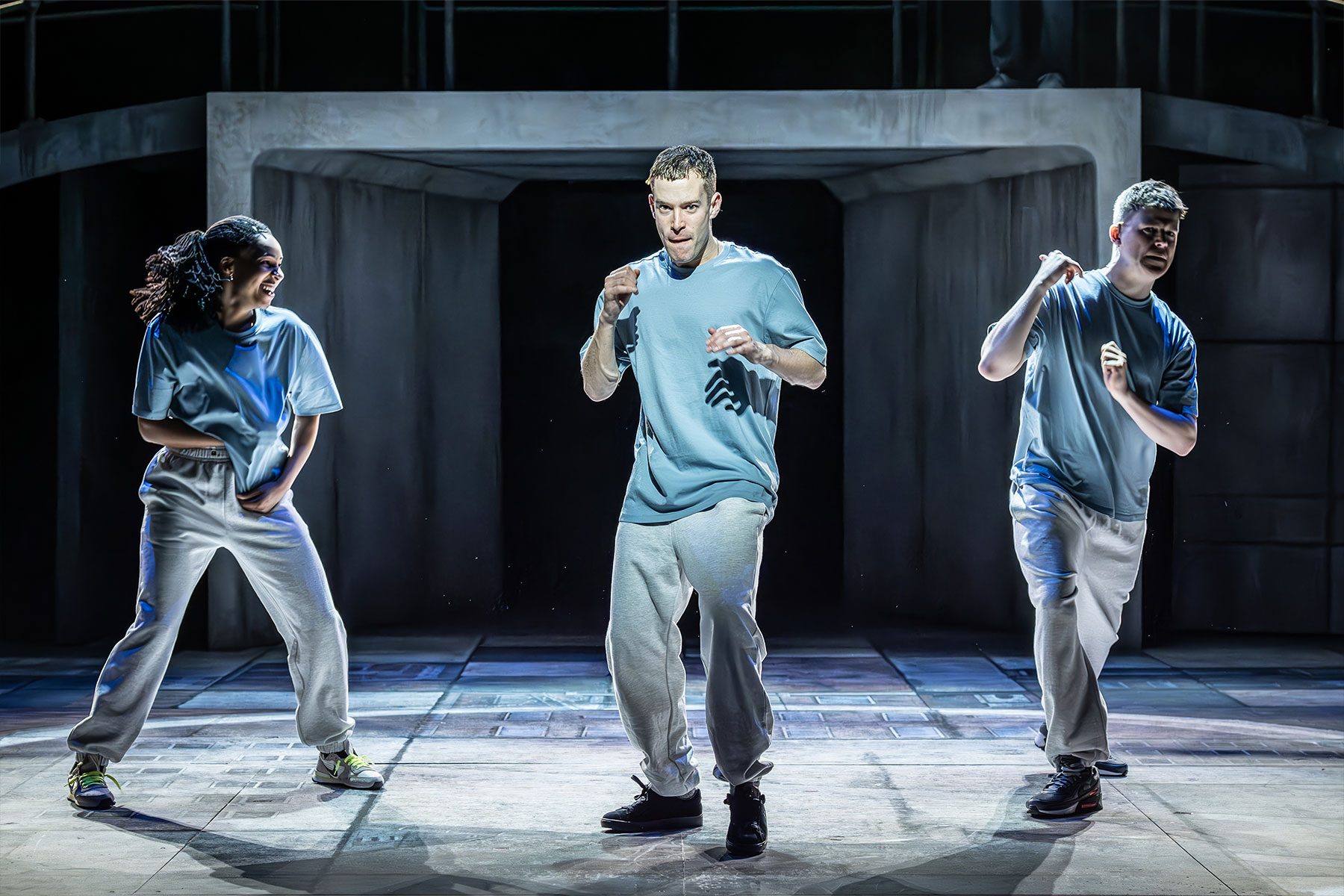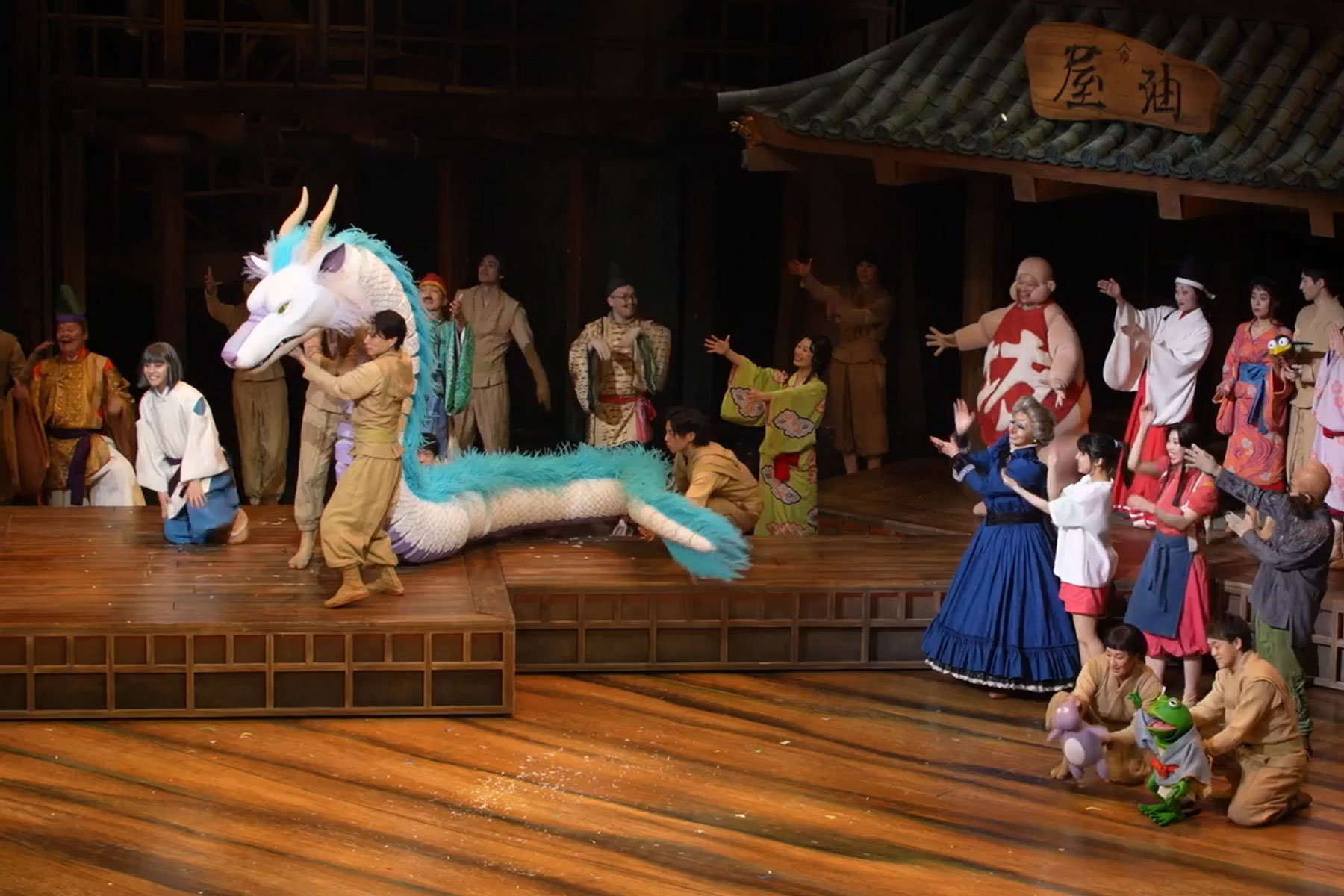Review: Touching the Void (Bristol Old Vic)

© Geraint Lewis
Producer Binkie Beaumont reportedly tore his hair out when reading the stage direction "they cross the Andes" in Peter Shaffer's 1964 play The Royal Hunt Of The Sun. Some fifty years later that ante has been raised to a full-scale mountain disaster in writer/adaptor David Greig's and director Tom Morris' stage adaptation of Joe Simpson's terrifying award-winning memoir Touching the Void. It's a work of thrilling ambition, made possible by an enterprising regional partnership between Bristol Old Vic, Edinburgh's Lyceum Theatre, the Royal and Derngate Northampton and Fuel. It also veers, perhaps like many mountain climbs, between the teeth chattering thrills and relative mundanity.
Simpson's book has sold over a million copies since its release in 1988 and it's not difficult to see why. If it had been released as fiction, you believe publishers would surely have turned their nose up at it for its unrealistic plot twists. On their descent down from the 20,000 foot Siula Grande in the Peruvian Andes, Simpson slipped, breaking his leg. As his climbing partner Simon Yates tried to lower him down the North Ridge using 300 metres worth of rope, frostbitten, battered and alone, he dropped one of the chords. With no strength to pull him up and Simpson too injured to be able to save himself, Yates was left with a terrible decision; to save himself he would have to cut the rope and send his partner spiralling down into the void.
This scene is the apex of the play, the moment where 500 plus breaths inhaled and refused to release for a good 15 minutes, as the terrifying reality of the situation began to be made clear. Morris stages it with a total theatre panache, sound and lighting, performances and text bleeding together to create something as stomach-churning terrifying as you are likely to see. The extended interval drink has never felt so needed. And yes, for those who don't know where the tale is going, this is only the half of it. No spoilers here, but the suffering has only just gotten started.
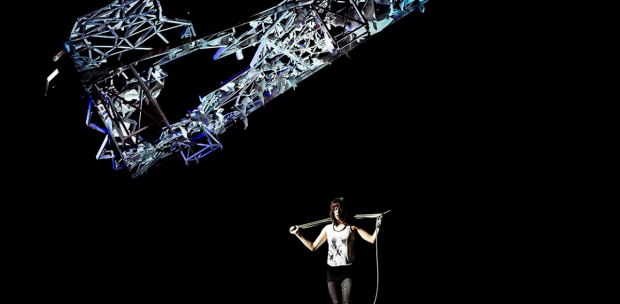
© Geraint Lewis
Yet terrific as this moment is, the piece doesn't always work. The theatrical adaptation had to find a way into the text, different from the book and the BAFTA award-winning film and Greig's solution is to turn it into a memory play, with Simpson's sister Sarah (not a focal point of the book) coming to the fore. It's a clever way of bringing the audience into the climber's mindset, as novice Sarah first learns about the thrill of scaling a sheer face whilst swigging whisky in a pub and is then put into the heart of the action as Yates demands what she would do if she had been in his situation. Yet Greig's writing and Fiona Hampton's terrific performance seem to cast her as the protagonist of the play, fine in its own way, but then she disappears from the play's climax (understandably) and it just feels a little fudged and underpowered.
As Yates and Simpson, Edward Hayter and Josh Williams produce the most physically taxing performances currently being seen on any stage, constantly scaling Ti Green's abstract mountain range with the look of born climbers. In the second act, Williams really comes into his own portraying a gruelling cacophony of suffering. As the third man on the expedition Patrick McNamee draws some humour as the gap year traveller who stayed at the base camp, strumming his guitar and earnestly trying to make friends, reminding me of Taron Egerton's gormless but endearing performance in Eddie The Eagle.
It's a work with flaws (the introduction gets lost in exposition) but it also contains the most visceral 15 minutes of theatre you will likely see this year. It's a bold, ambitious piece of work, one that has transplanted Siuela Grande from Peru onto the stage and takes its audience into a terrifying odyssey, one in which they will come face to face with the void itself.





